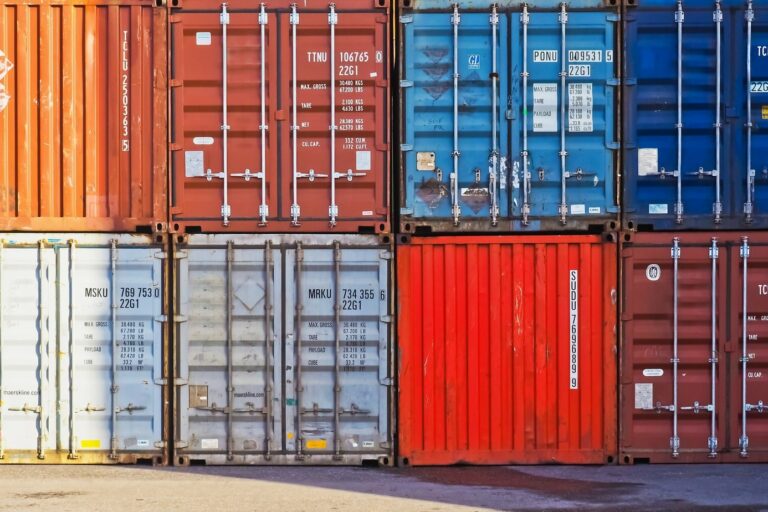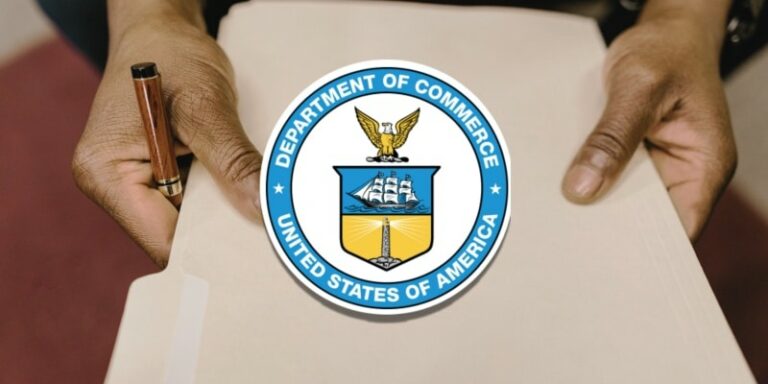The “Made in America” Minefield
Determining when a product can be labeled or advertised as Made in America is an ongoing compliance challenge.
One seeming gray area arises when a product which undergoes production activities in the U.S. is no longer an article of foreign origin falling under CBP’s oversight. If it undergoes a substantial transformation in the United States, it is no longer considered to have foreign origin under CBP’s rules. This does not mean, however, that it can now be labeled as Made in America. Instead, the Federal Trade Commission’s very different standard will apply for that determination.
The Federal Trade Commission requires that “for a product to be called Made in USA, or claimed to be of domestic origin without qualifications or limits on the claim, the product must be ‘all or virtually all’ made in the U.S.”
To make what the FTC calls an unqualified claim, that is, one which includes no reference to foreign content, the FTC requires three things:
- First, the final assembly or processing of the product must occur in the United States.
- Second, all significant processing that goes into the product occurs in the United States.
- And third, all or virtually all ingredients or components of the product are made and sourced in the United States.
Unfortunately, there is no bright line to tell us when a product or process meets these criteria. A person making either a qualified or unqualified claim is expected to have a good-faith basis for concluding it meets the FTC’s standards and to maintain records regarding the content and processing of its products.
The Federal Trade Commission takes a very dim view of mislabeled foreign-made products, as demonstrated in two enforcement actions.
The most recent case involved a company which markets clothing accessories, such as belts and wallets. It made unqualified claims that the products were made in the USA, even though some of the products were actually imported and others had substantial foreign content.
The FTC was not amused, however, and has proposed a consent agreement under which the company will no longer make misleading origin claims and has agreed to pay a judgment of over $191,000.
The second case involved parts and equipment for motorcycles, motocrosses and all-terrain vehicles. The vendor claimed its goods were “Made in the USA” or even “Proudly Made in the USA.” According to the FTC, though, the products were either made entirely abroad or, if produced in the U.S., had substantial foreign content. The FTC alleged that some merchandise was imported already labeled as Made in United States, an apparent violation of both CBP and FTC requirements.
This case was resolved with the vendor agreeing to an injunction against future violations as well as a monetary judgment of more than $872,000.
As these cases illustrate, the Federal Trade Commission will aggressively pursue claimed violations, particularly when they involve mislabeled foreign-made products.
Source: https://gwthompsonlaw.com/the-made-in-america-minefield/
Author: George W. Thompson
Watch as George Thompson, international trade attorney, discusses FTC requirements for “Made in USA” labeling.






